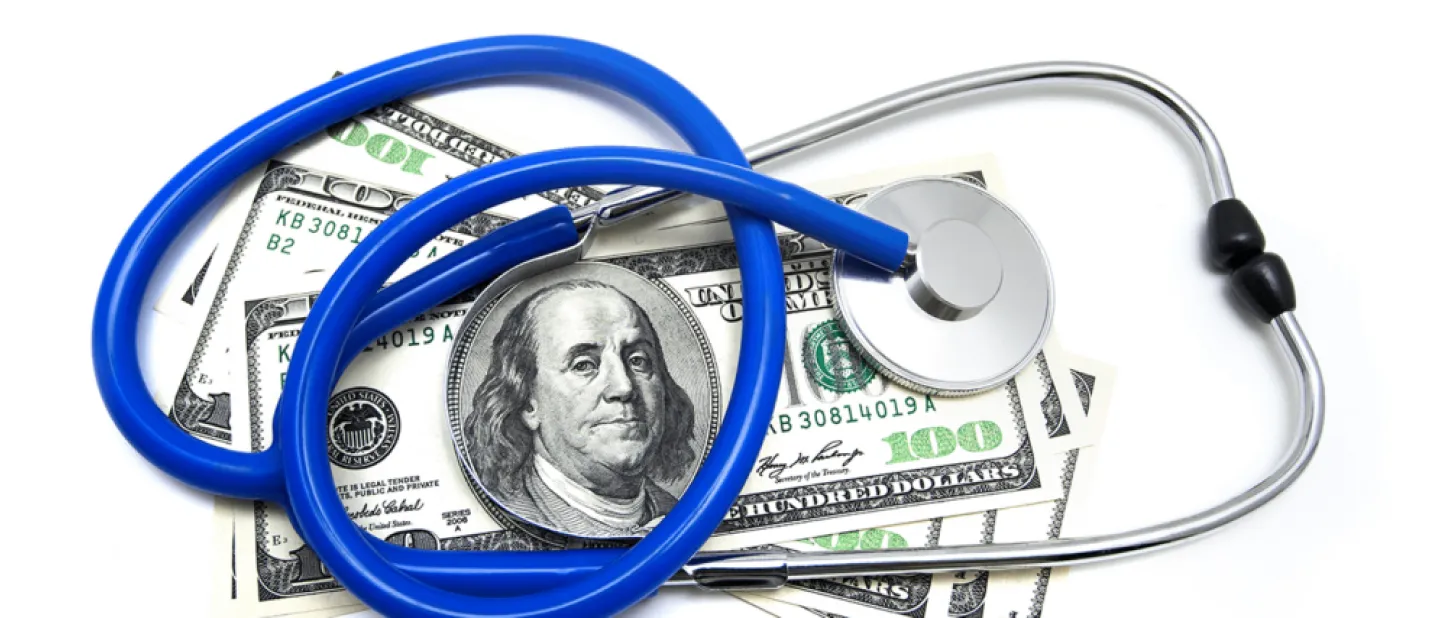WHAT IS A PROSPECTIVE PAYMENT SYSTEM?
A prospective payment system (PPS) is a constant healthcare payment system that relies on a medical diagnosis’s operating and capital costs. It sets up reimbursement for those who provide care to beneficiaries of Medicare and Medicaid. This indicates that healthcare givers have prior knowledge about the amount of cash they will obtain for treating patients. It does not rely on the quantity or degree of services given.
Through PPS, arranging inexpensive and helpful patient care that avoids needless services spurs healthcare providers to deliver. It is an approach to quality patient care that not only includes patients but also strives towards faster diagnosis and treatment along with shorter stays in the hospital, resulting in reduced costs.
COMPARING PPS with HMO
Though PPS may resemble Health Maintenance Organizations (HMOs), some differences exist. Under the PPS, healthcare facilities receive a fixed, predetermined payment for each Medicare patient they treat, rather than monthly payments covering all services, as in health maintenance organizations (HMOs). These prepayments are based on patient diagnosis and standardized assessments that cover a defined time, such as an inpatient hospital stay or a 60-day Home Health episode.
Unlike fee-for-service plans, which reward providers for the volume of care delivered and can create incentives for unnecessary treatments, the PPS payment model is based on several factors, including geographic location and patients’ diagnoses.
PPS CLASSIFICATIONS
Payment by PPS depends upon a classification of service. For instance, CMS uses different PPSs for inpatient hospital services to reimburse diagnosis-related groups (DRGs). To classify groups of patients into payments, this method of grouping patients according to their consumption rates and lengths of stay applies only to patients who have been admitted into a facility with these characteristics. CMS utilizes distinct Prospective Payment Systems (PPSs) for reimbursing various services, such as:
ACUTE INPATIENT HOSPITALS
The IPPS classification in acute inpatient is based on diagnosis-related groups (DRG) with payment assignments.
HOSPICE
Each care level, such as routine home care, continuous home care, inpatient respite care, and general inpatient care, has per diem rates.
INPATIENT PSYCHIATRIC FACILITIES
A daily rate defines the classifications for Inpatient Psychiatric Facility (IPF) PPS; these are adjusted for statistically significant cost variations.
INPATIENT REHABILITATION FACILITIES
PPS categorization is based on Case Mix Groups (CMGs), which signify patients’ clinical profile and their expected need for resources.
LONG-TERM CARE HOSPITALS
A long-term care hospital (LTCH) holds a standard inpatient duration of more than 25 days. The LTCHs operate under PPS and utilize the DRG patient classification system with the per-discharge method.
SKILLED NURSING FACILITIES
RUG scores determine PPS classifications, while each patient has daily payment rates.
HOSPITAL OUTPATIENT
PPS classification is based on the Ambulatory Payment Classification System (APC).
PPS PAYMENT ADJUSTMENTS
There are add-on payments that might apply to PPS classifications. Payment adjustment classification may involve area wage adjustments, cost outliers, disproportionate share adjustments, Diagnosis Related Group (DRG) weights, case-mix variations, and geographic wage differences. When such hospitals take care of a high percentage of low-income patients or become teaching hospitals for Indirect Medical Education (IME), they qualify for an add-on payment.
FROM VOLUME TO VALUE
The prospective payment system (PPS) shares a philosophy similar to the principles of value-based care, which is improving healthcare quality and controlling costs. Both models highlight efficiency, patient outcomes, and prevention more than reactive treatments. By offering fixed, predetermined payments per patient classification, PPS forces healthcare providers to concentrate on providing cost-effective, efficient care rather than the quantity of services offered.
Healthcare providers are leaning heavily on technology to help improve productivity and improve care delivery. However, providers can implement tools, including electronic health records, predictive analytics, and automatically running workflows, to more effectively coordinate care, minimize unnecessary service, and be sure that resources are used as efficiently as possible. These technological changes promote the shift from traditional fee-for-service models to ways of paying value instead of volume.
Even more importantly, this PPS alignment to value-based care principles incentivizes providers to deliver holistic, quality care and prime the preventative health care measures. Providers are urged to meet the needs of patients fully and minimize readmissions to hospitals, enhance patient outcomes, and promote a better quality of life. Through this, PPS plays a critical role in transforming healthcare into a value-centric, sustainable model, away from a volume-based model.
Conclusion:
The Prospective Payment System (PPS) is a method by which the Centers for Medicare and Medicaid Services (CMS) pays healthcare providers who serve Medicare and Medicaid patients. Under PPS, providers are also given predetermined, fixed payments based on specific patient classifications, such as diagnosis or treatment categories. Their purpose is to pay for operating and capital costs of how the care is delivered in a more predictable and standardized means of payment. Unlike the traditional fee-for-service model of rewarding providers based on the service volume, PPS rewards providers for efficiency and for demonstrating value.




